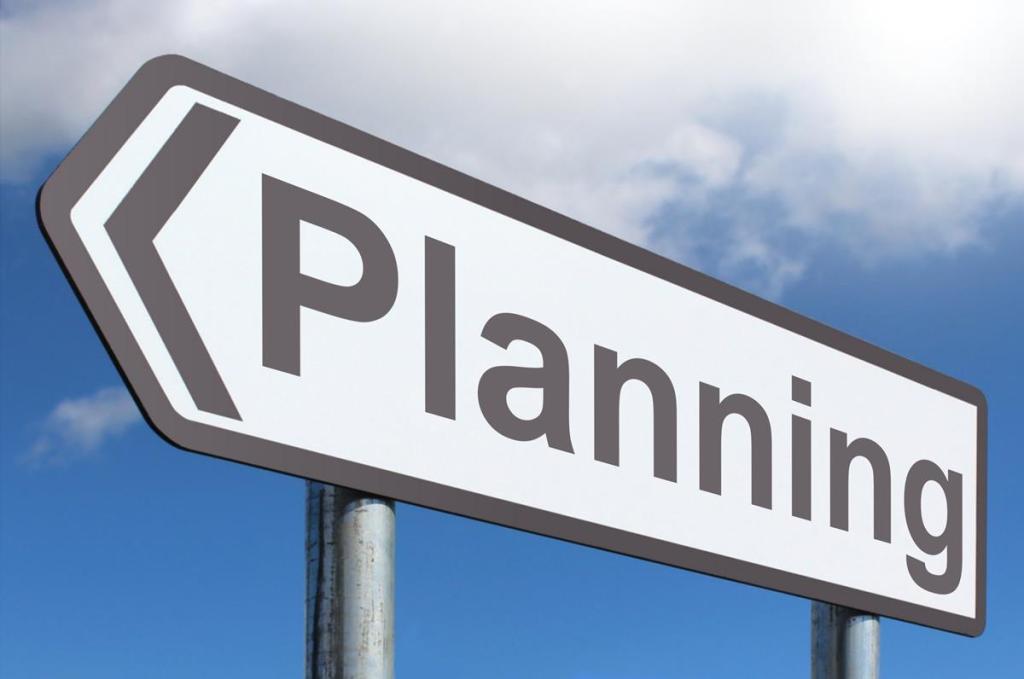NSW Waste and Sustainable Materials Strategy 2041 – a Planning Perspective
By Esther Hughes, Principal Environmental Planner, MRA Consulting Group

The Strategy identifies a massive infrastructure investment challenge to meet the predicted 2030 and 2040 needs. Non-putrescible landfill space is expected to be depleted by 2028 and putrescible landfill space by 2036. The push to remove food organics from the household bin would require additional capacity to process over 1 million tpa of organics by 2030.
Most urgently needed are new organics facilities to process combined food and garden organics (FOGO), new organics transfer stations, and processing facilities for tyres. The next priorities are for paper/cardboard beneficiation, plastics pelletising and flaking, and e-waste processing. Glass and materials recovery facilities appear to be adequately serviced according to the Strategy.
Future planning in the form of precincts that are suitable for waste and resource recovery is also proposed. In the Strategy, the NSW Government has committed to:
- strategically plan for critical waste infrastructure, working closely with local governments and industry, with a focus on co-locating businesses in precincts that support circular economy and clean technology activities; and
- review and update planning instruments to make it easier to develop waste and circular economy infrastructure.
No hard goals have been set around strategic planning. With the exception of the Parkes Special Activation Precinct (SAP), there are no targets for the number of waste precincts or their potential locations. The Parkes SAP is the first strategic waste precinct and is recommended in the Strategy for its position alongside the inland rail route and the opportunity to develop it for Energy from Waste. Special planning provisions for waste-related activities are already in place for the SAP which enable thermal electricity generating works, paper and pulp products, crushing and grinding, composting, and chemical industries. There are no provisions for Waste Management Facilities or Works as such.
Designated waste precincts would assist in providing for the predicted infrastructure needs to 2030 and beyond. Waste related infrastructure requires access to transport networks, to be within general or heavy industrial zoned land and to be located at a reasonable distance from residences, hospitals, schools and the like.
To deliver on the NSW Waste and Sustainable Materials Strategy, suitable areas should be defined that will resist urban encroachment and provide a seeding ground for the circular economy.



